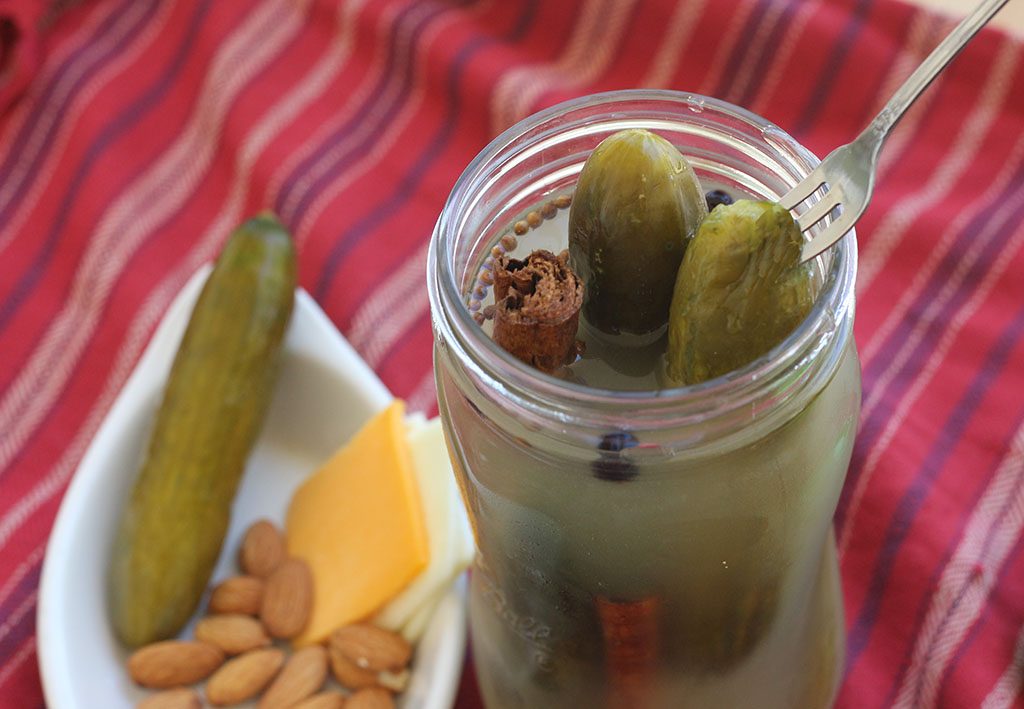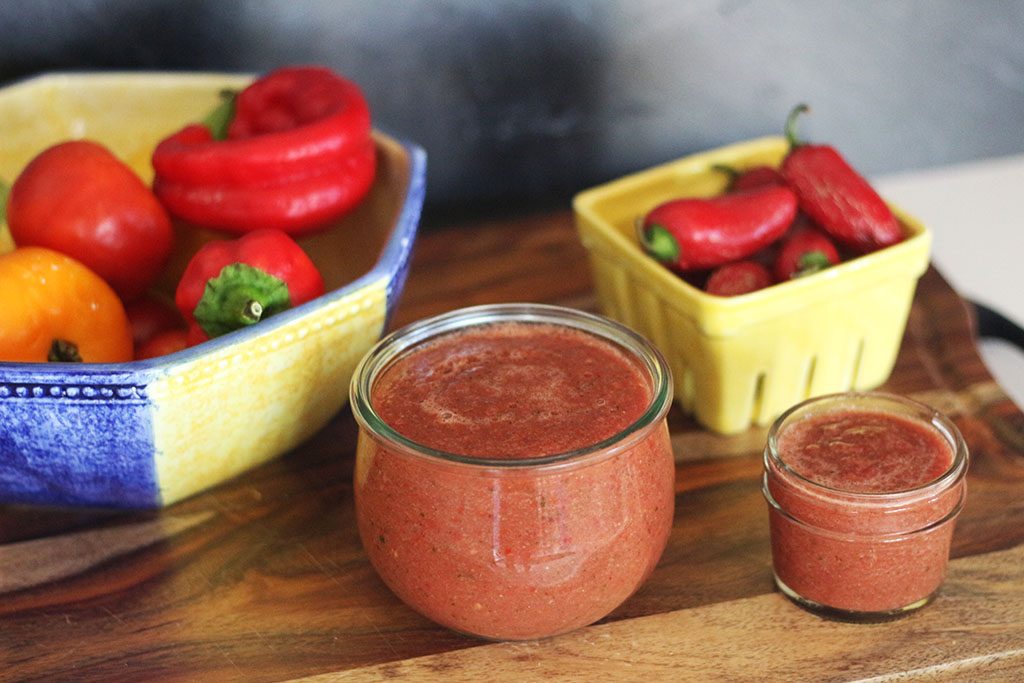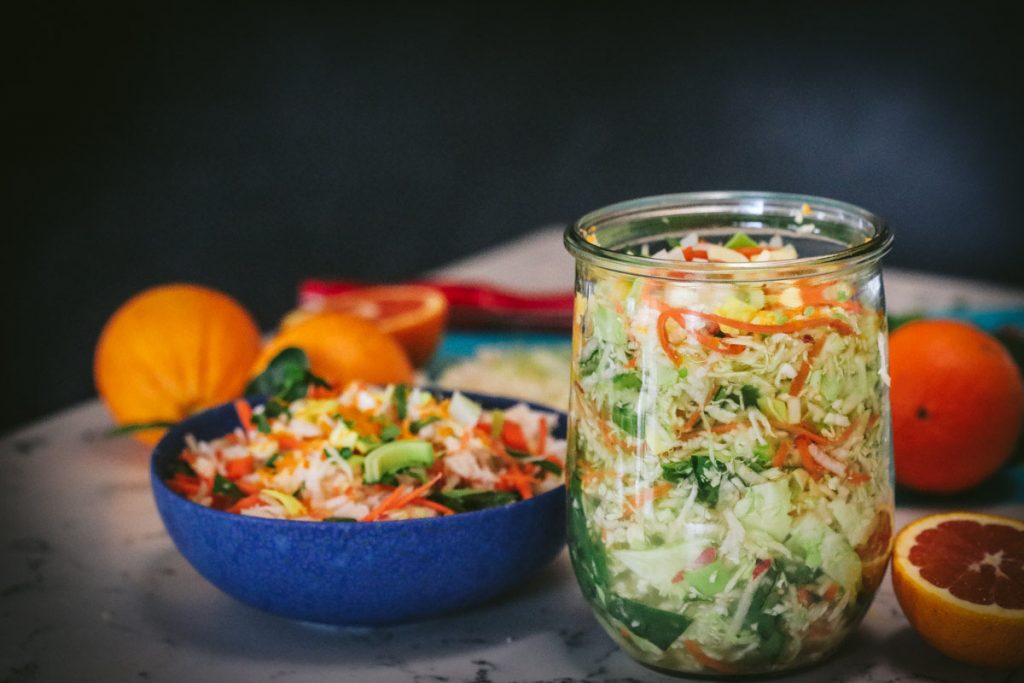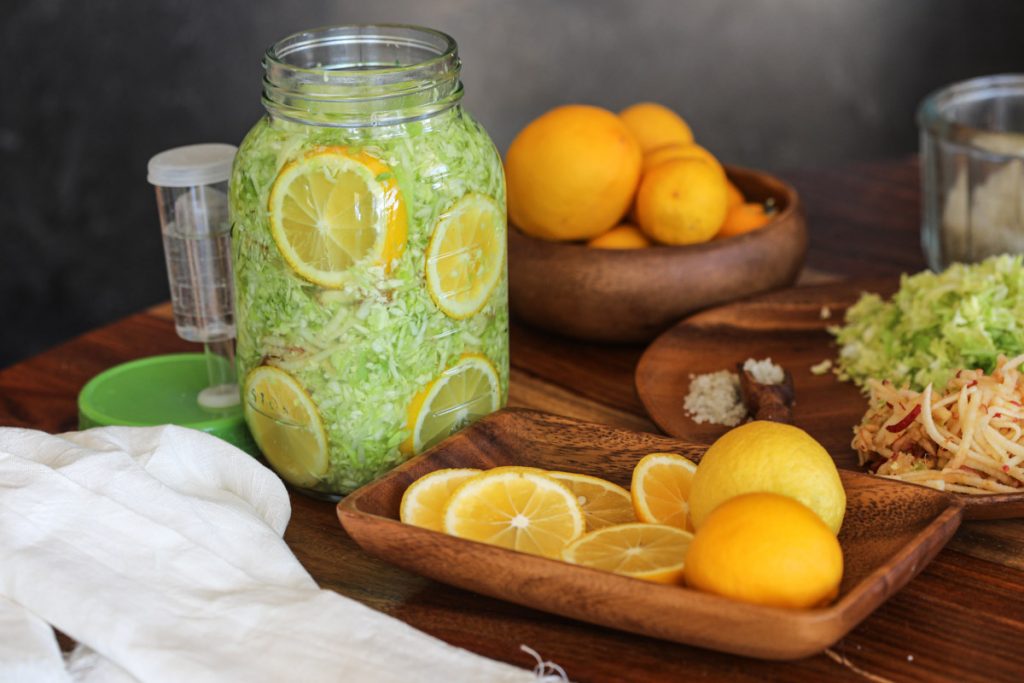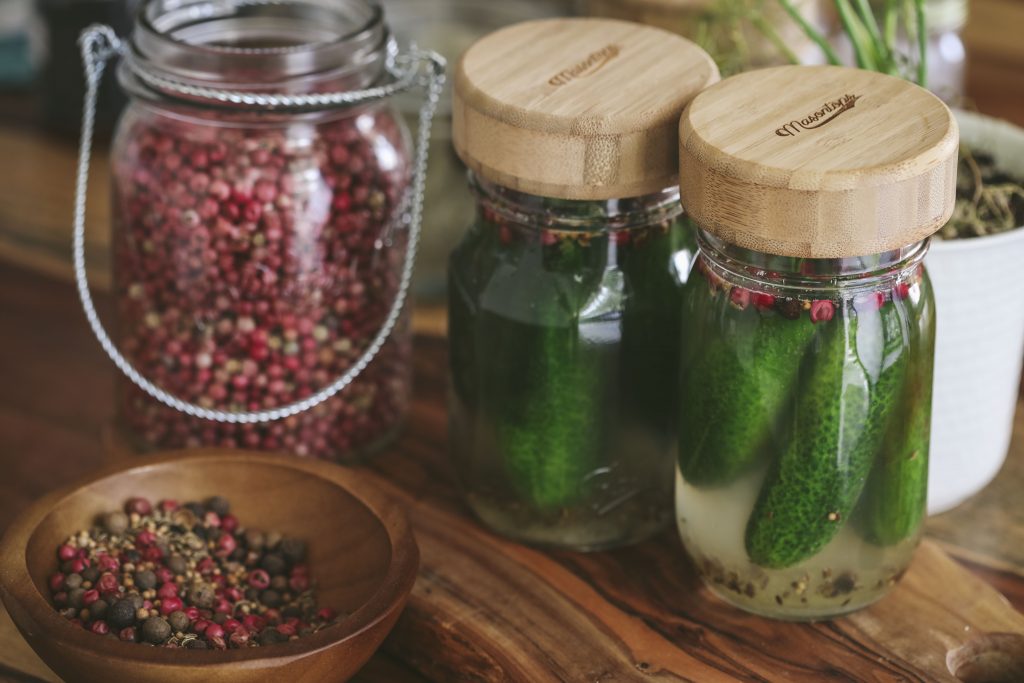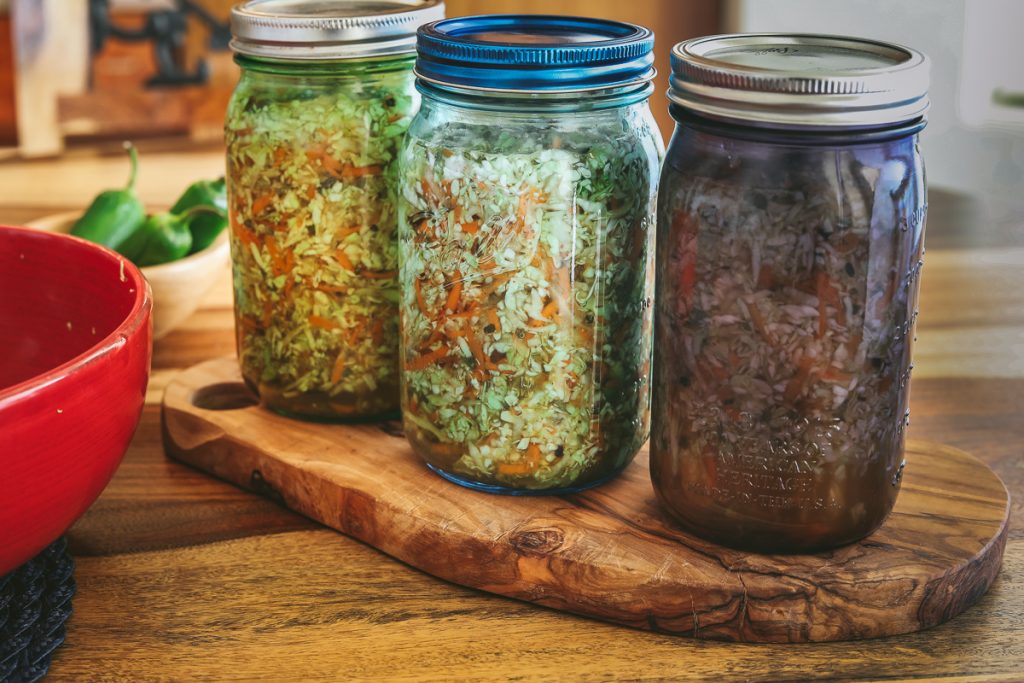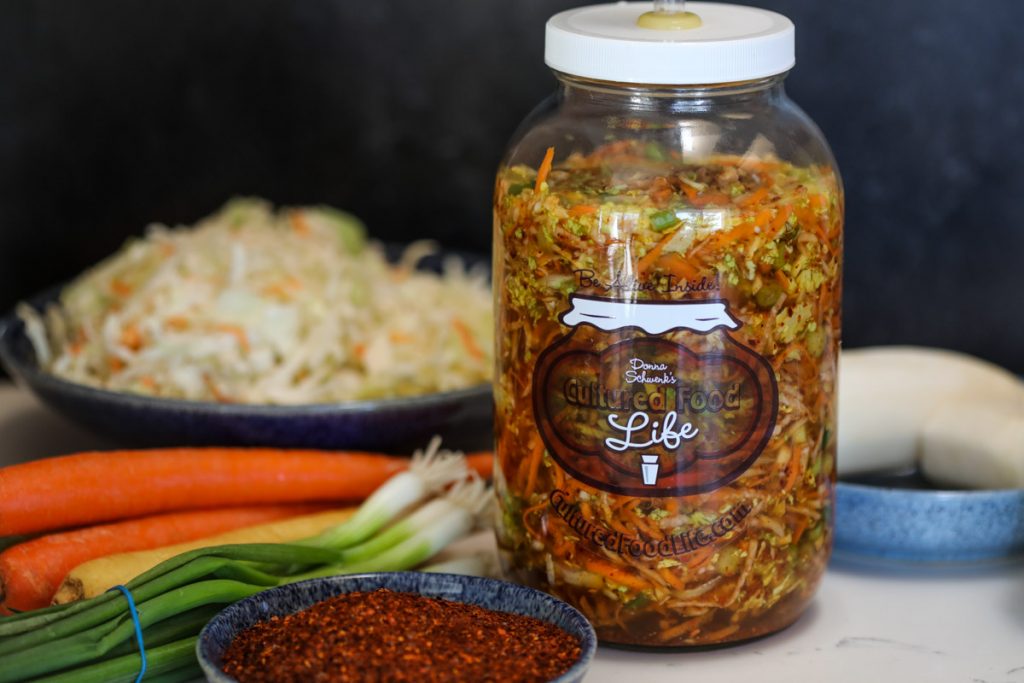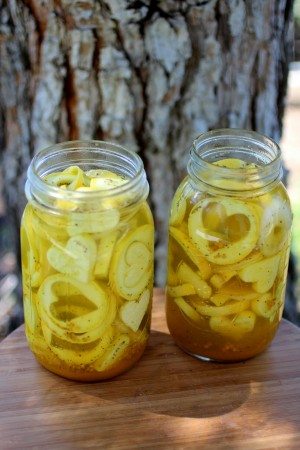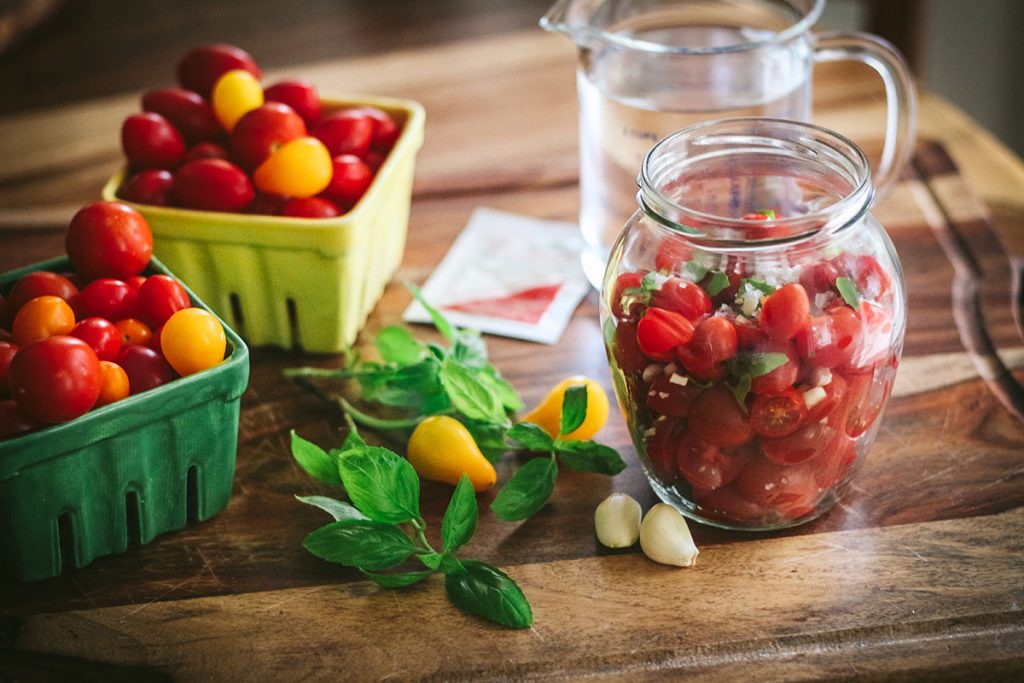
Are Fermented Vegetables Safer Than Raw Vegetables?
Fermented Vegetables
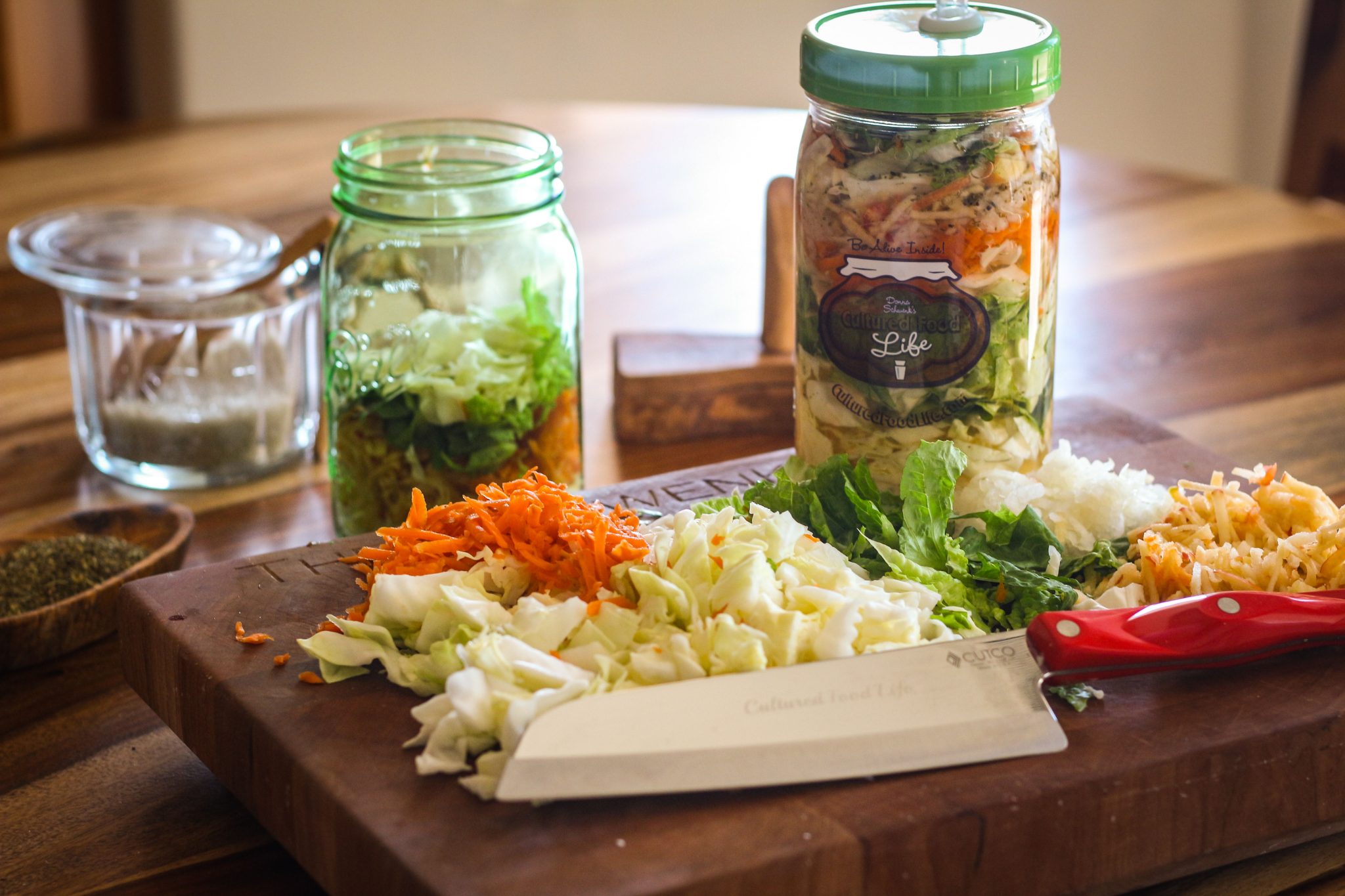 One of the best ways to consume vegetables is to ferment them. This is so simple. You're basically chopping vegetables and placing them in a jar, adding a culture, and then letting them ferment for a few days. You get to watch as they bubble and ferment on your counter. Then they turn tart and fill those veggies with billions of probiotics and extra vitamins.
One of the best ways to consume vegetables is to ferment them. This is so simple. You're basically chopping vegetables and placing them in a jar, adding a culture, and then letting them ferment for a few days. You get to watch as they bubble and ferment on your counter. Then they turn tart and fill those veggies with billions of probiotics and extra vitamins.
Fermentation makes food safe
I want to explain to you how safe these foods are and why you don’t need to be afraid.
The process of fermenting vegetables has been used for thousands of years in a number of cultures as a method of food preservation. Without clean water and healthy cleanliness practices, fermenting foods became a way to flood the food with healthy bacteria and keep out pathogens. The good bacteria in cultured foods become so strong and dominant that they keep pathogens and harmful bacteria out. Another good thing to know is these foods have more vitamins than they contained before they were fermented. The fermentation process adds enzymes and probiotics and helps digest the foods we eat. When there are so many good bacteria strains and good yeasts in foods from the process of fermentation, the harmful and bad bacteria cannot survive. It’s how the whole wonderful art of fermentation was designed to help us. It preserves the food and when you eat it, it preserves you and helps you live longer.
I know that this process of fermentation goes against the common understanding of food preservation. Fermentation causes the vegetables to rise in the jar and sometimes push up the lid on the jar, and we have been trained that this is wrong.
Botulism
It is true if you see a metal can that has a raised lid you should never eat the contents. Do you know why? It is because all of the good bacteria have been killed and the only bacteria that can survive the heat is botulism. So, yes, this is dangerous in canned foods. However, with cultured foods, the good bacteria are never heated so they survive and take over, and botulism can’t get a foothold. You would have to kill off the other good bacteria with heat, which you never do with cultured foods. So, it is very safe and you do not need to be afraid. I have seen cultured veggies go bad by being exposed to air or veggies that weren’t fresh, but you will always know when they are bad. You will see black mold, and it will have a horrible odor that makes it impossible to want to consume. It’s my favorite thing about cultured foods. They will show you something is “off.” This happens very infrequently. They almost always last for month and months in your fridge, preserved to perfection like a fine wine.
U.S. Department of Agriculture
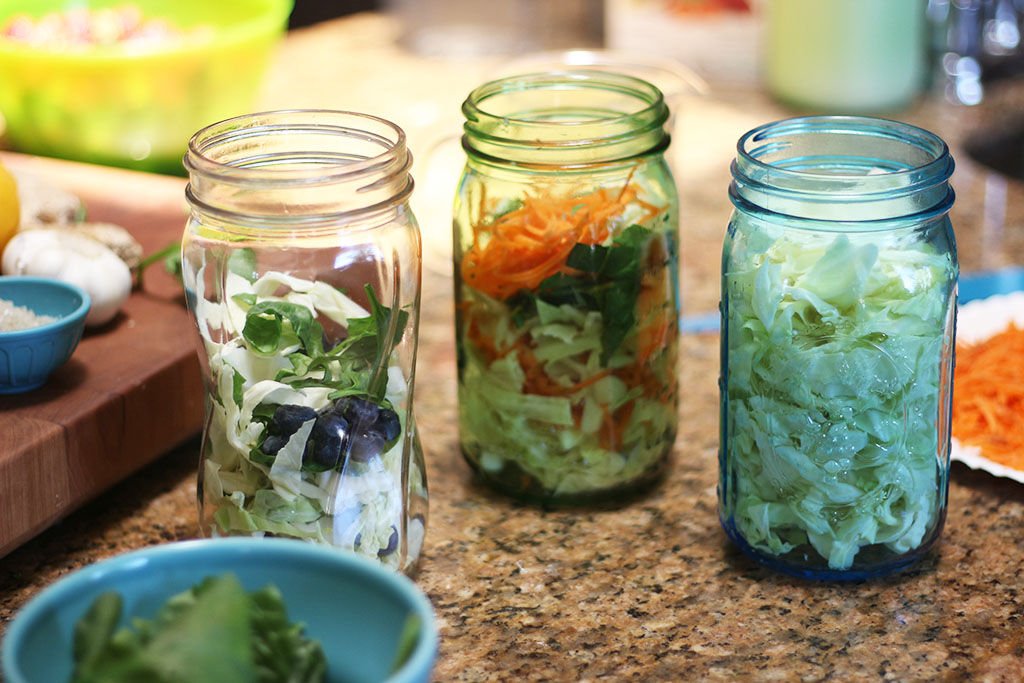 U.S. Department of Agriculture research service microbiologist Fred Breidt says properly fermented vegetables are actually safer than raw vegetables, which might have been exposed to pathogens like E. coli on the farm.
U.S. Department of Agriculture research service microbiologist Fred Breidt says properly fermented vegetables are actually safer than raw vegetables, which might have been exposed to pathogens like E. coli on the farm.
"With fermented products, there is no safety concern. I can flat-out say that. The reason is the lactic acid bacteria that carry out the fermentation are the world’s best killers of other bacteria,” says Breidt, who works at a lab at North Carolina State University, Raleigh, where scientists have been studying fermented and other pickled foods since the 1930s.
Breidt adds that fermented vegetables, for which there are no documented cases of food-borne illness, are safer for novices to make than canned vegetables. Pressurized canning creates an anaerobic environment that increases the risk of deadly botulism, particularly with low-acid foods.
These vegetables are even safer than raw foods due to the probiotics. Since these are some of the safest vegetables on the planet and a great way to use up your produce, ferment and eat away! Experiment with different types of vegetables or check out any of the Cultured Vegetables recipes on my website and see my favorited below.
The Superstar Probiotic
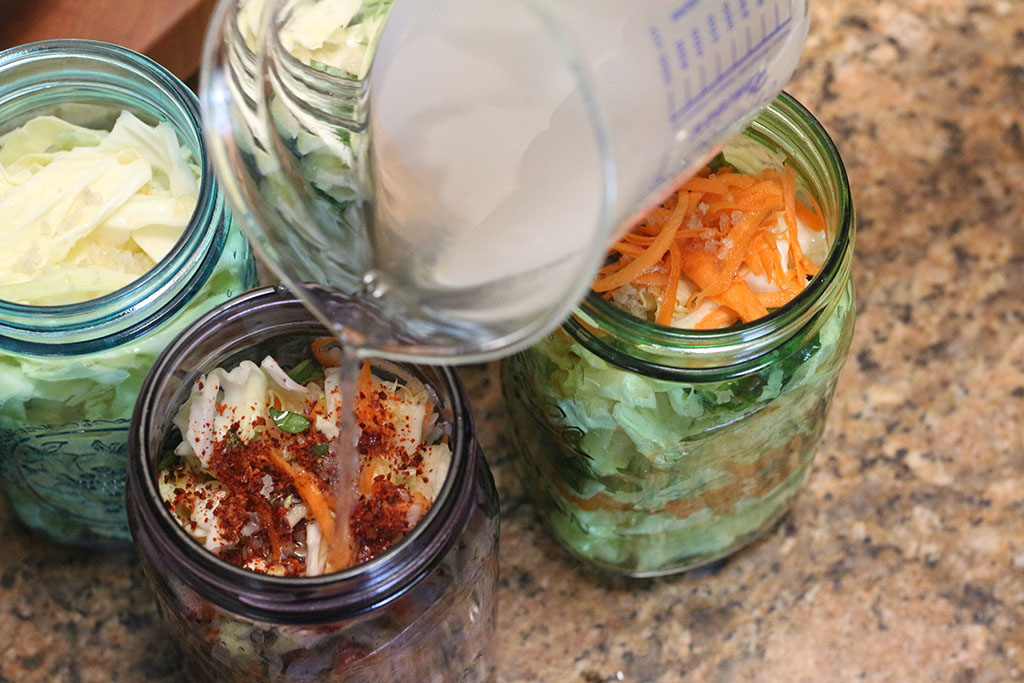 One of my favorite probiotic bacteria is Lactobacillus Plantarum (L. plantarum). It is abundant in cultured vegetables and is quite impressive.
One of my favorite probiotic bacteria is Lactobacillus Plantarum (L. plantarum). It is abundant in cultured vegetables and is quite impressive.
L. plantarum is extremely hardy, survives stomach acid with ease, and can make the full trip from your mouth – to your intestines – to your colon – in order to colonize you in a powerful way. L. plantarum is a welcome guest that works mightily for you by fiercely attacking pathogenic (bad) bacteria in our bodies. It will strengthen your good bacteria by killing the bad guys, and then helps your own good bacteria grow stronger, and helps it to be more resistant to future invasions of pathogens. It's important to note that this is a transient bacteria which means it will only last a few days in the body so it's important to consume it often.
L. Plantarum has potential cholesterol-lowering activity.[1] It’s pretty powerful and can even knock out food poisoning (as I myself have seen several times). It is also a powerful weapon in controlling candida in the body. It is also good for treating irritable bowel syndrome (IBS), easing symptoms of Crohn’s disease, and healing colitis. It helps remove pesticides from non-organic vegetables, and L. Plantarum can live in your gut and keep pathogenic disease-causing microorganisms from flourishing. It’s a pretty impressive bacteria and it loves to ferment your vegetables and then help you flourish.
How do you make cultured vegetables? There are many methods, but here is mine. I love to cut up the vegetables, place them in a canning jar, and cover them with water. Cultured veggies make their own L. Plantarum without a starter culture; but as I have repeatedly noticed, these ferments are never as strong as the ones that add more bacteria from starter cultures to keep the levels of these good bacteria at a higher level longer. L. plantarum is found in the veggie starter culture, Cutting Edge Starter Culture. You will love using it and can use some of the brine from your first batch to make more batches. Check out this article for more: Can you reuse the brine from cultured vegetables?
"The natural healing force within each of us is the greatest force in getting well." Hippocrates
New Fermenting Lids
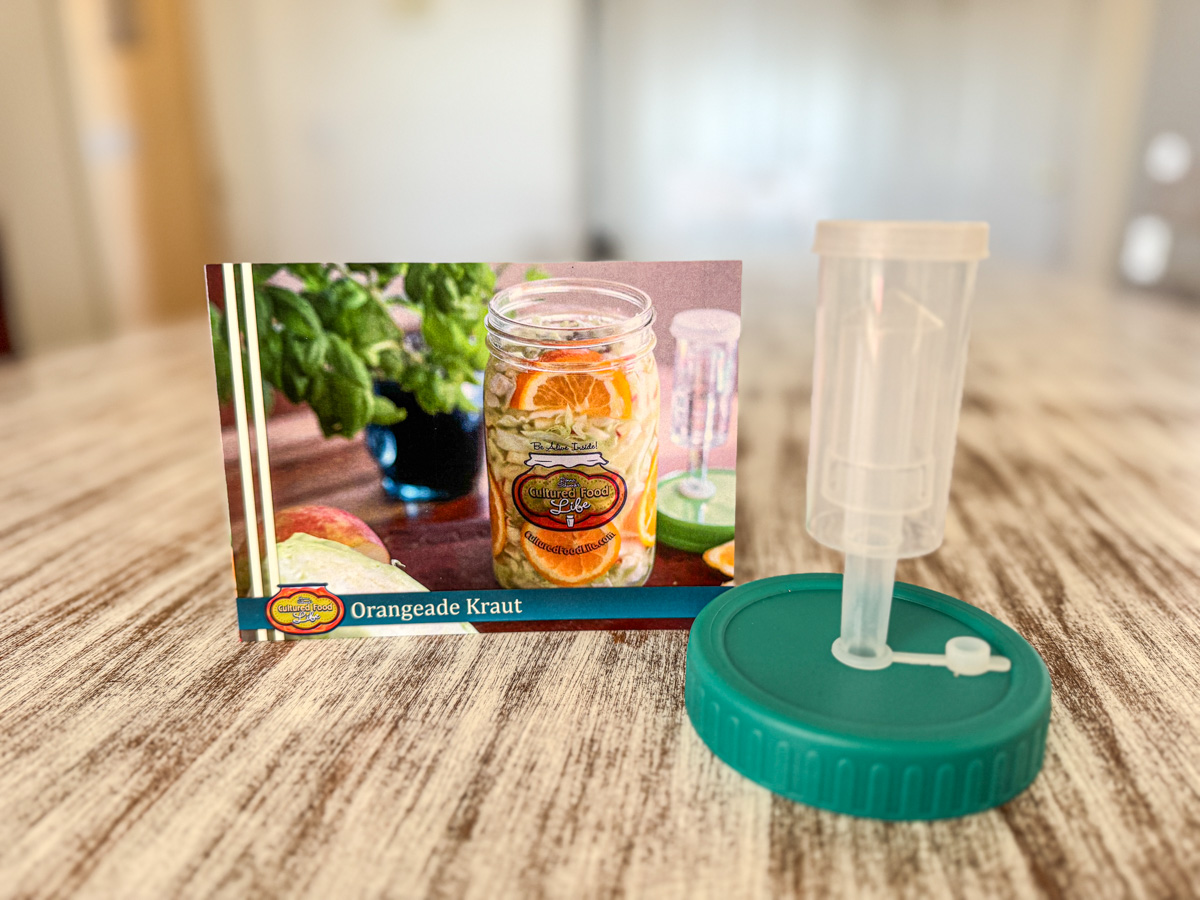 These leak-proof airlock fermenters are a great way to culture all your veggies. You don’t need airlocks to ferment – but it is my favorite way to ferment veggies because it makes the veggies taste better. These special airlock lids will convert any glass mason-type “canning” jar into an airlock fermenter. Fermenting with airlocks helps with several things.
These leak-proof airlock fermenters are a great way to culture all your veggies. You don’t need airlocks to ferment – but it is my favorite way to ferment veggies because it makes the veggies taste better. These special airlock lids will convert any glass mason-type “canning” jar into an airlock fermenter. Fermenting with airlocks helps with several things.
- Better tasting veggies.
- Less chance of the Kahm yeast that can develop and make your veggies taste bad.
- Release pressure/ gas naturally and allow veggies to ferment and stay crisper.
Check out some of my favorite recipes!
Listen To My Podcast
Many people are afraid of fermenting their vegetables. They're often afraid they will mess it up and make themselves sick. Let me help you understand the science behind fermentation and how wonderfully safe and effective it can be. Ferment your foods, love one another, and life will be good!
References:
Are you on the list?
Sign up today and I'll send you my free Getting Started Guide!
Each week I'll send you updates, tips, recipes, and more! You might even be a winner of my weekly giveaway! (starter cultures, memberships, and more!)
Come be a part of my cultured food family!

